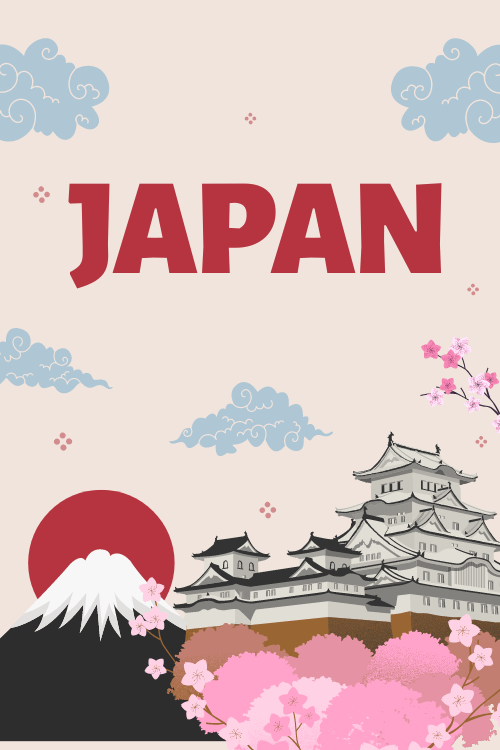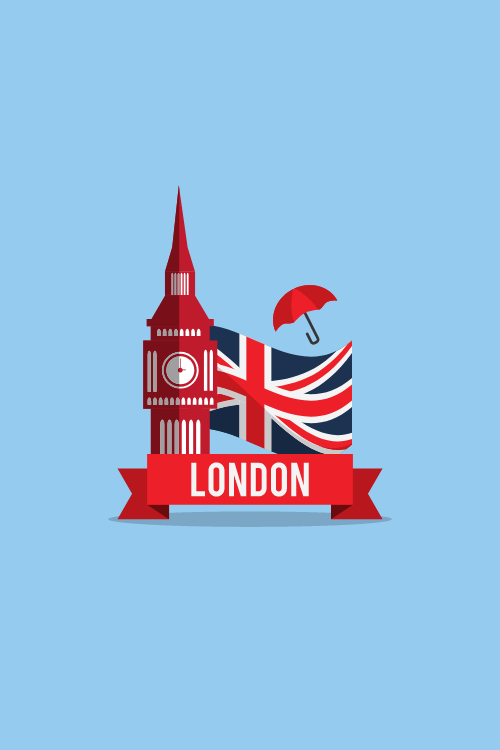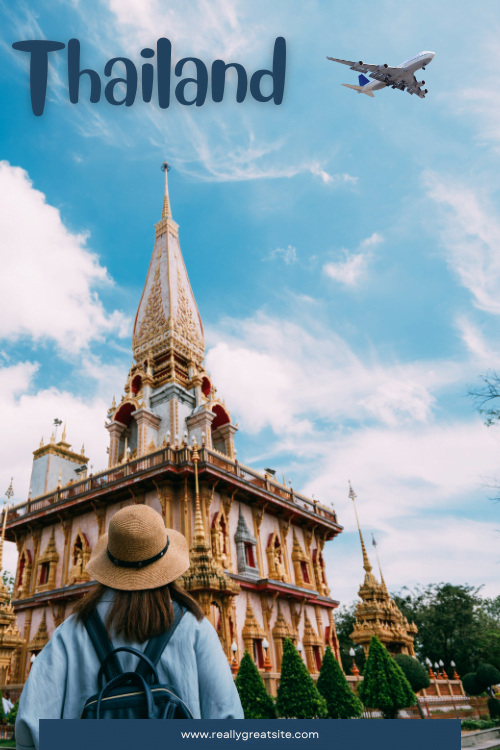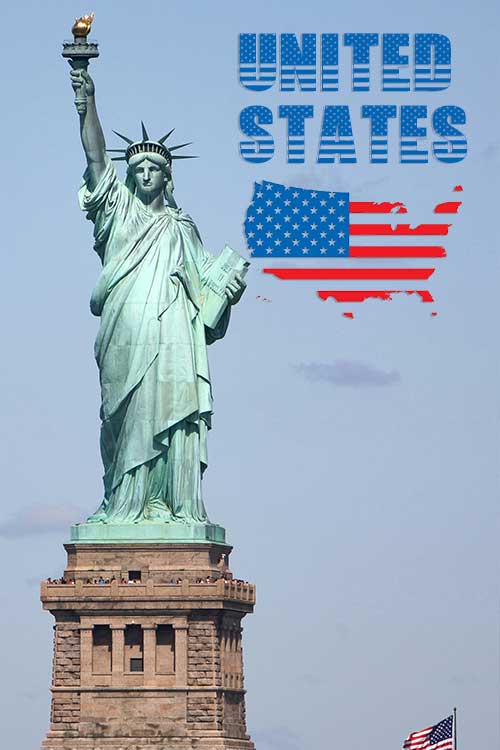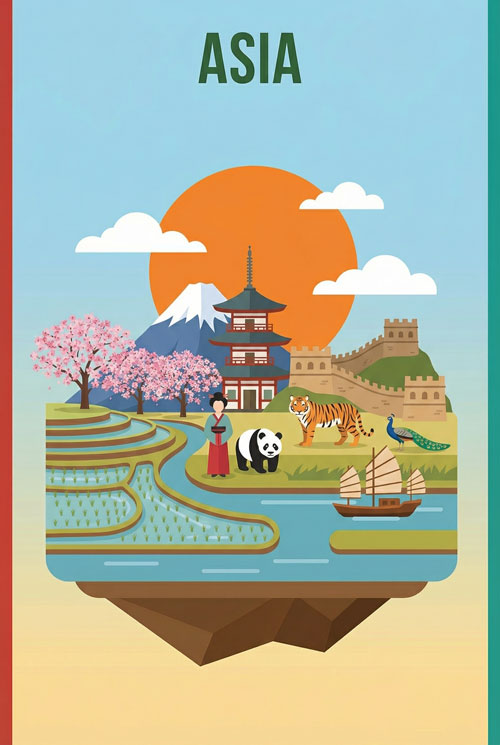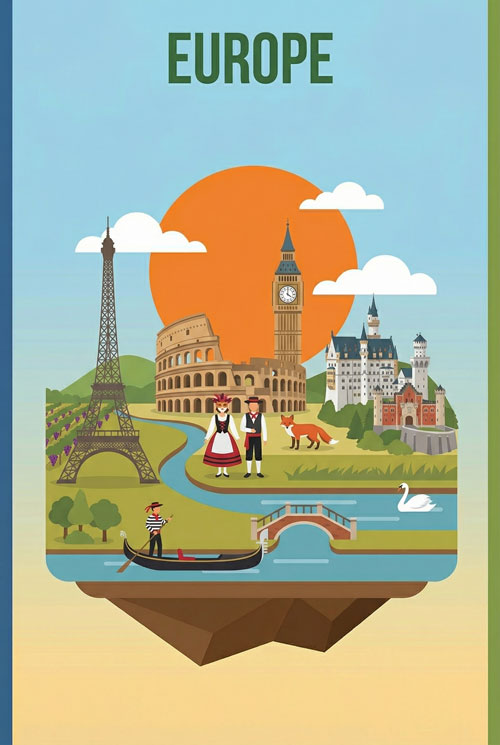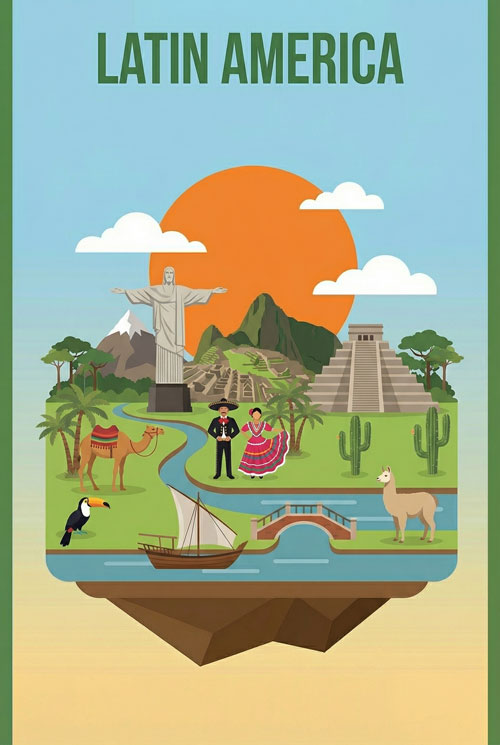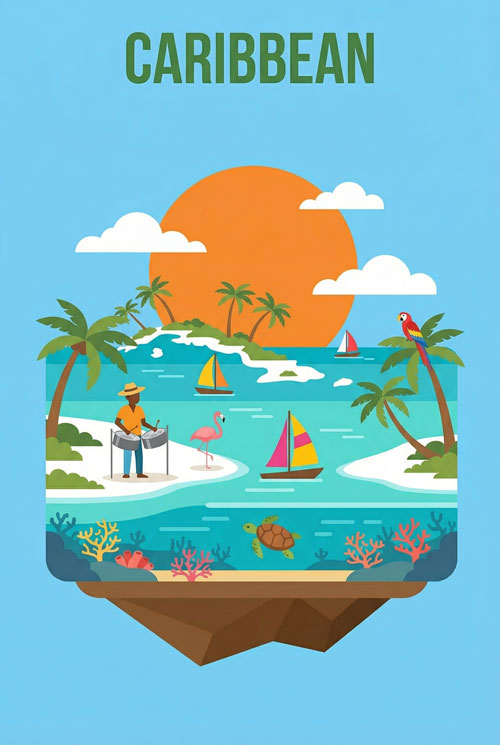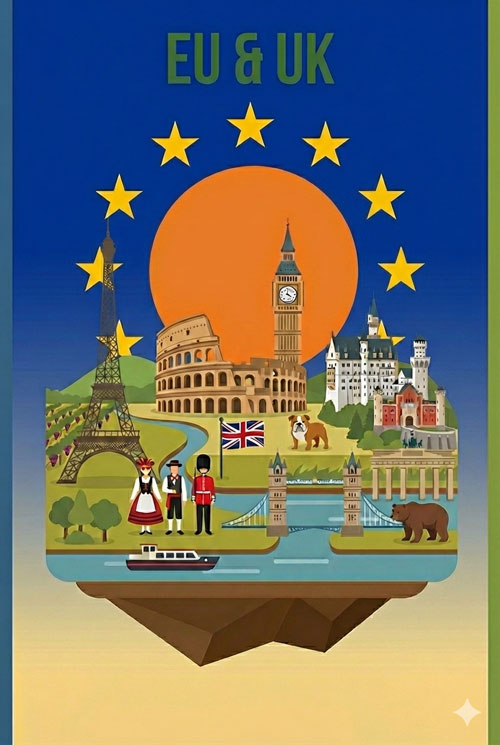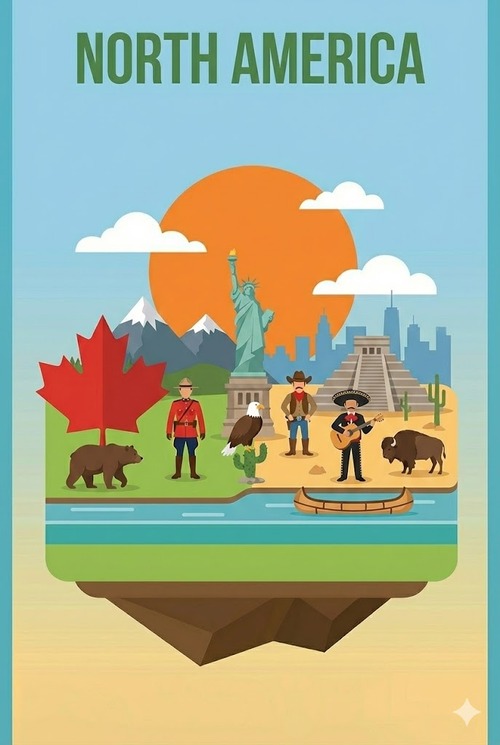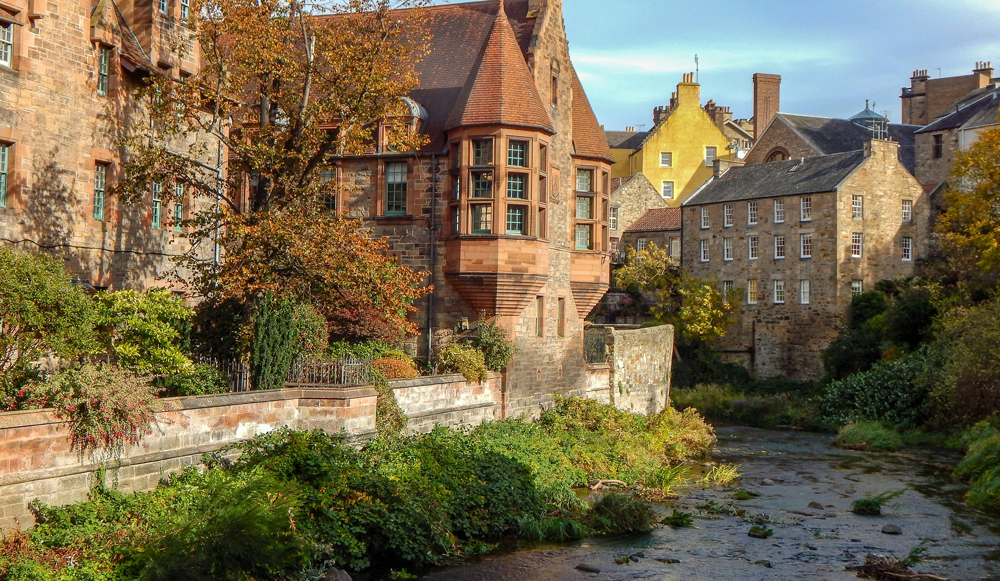Travel
Best Time to Visit Scotland
Quick Reference Guide
| Season | Temperature | Daylight Hours | Best For | Key Events |
|---|---|---|---|---|
| Summer (Jun-Aug) | 15-17°C (59-63°F) | 16-18 hours | Festivals, Hiking, Island Hopping | Edinburgh Festival, Highland Games |
| Autumn (Sep-Nov) | 8-14°C (46-57°F) | 9-13 hours | Photography, Wildlife, Whisky | Speyside Whisky Festival, Deer Rut |
| Winter (Dec-Feb) | 1-7°C (34-45°F) | 6-8 hours | Winter Sports, Northern Lights | Hogmanay, Burns Night |
| Spring (Mar-May) | 7-13°C (45-55°F) | 11-15 hours | Gardens, Wildlife Watching | Highland Spring Festivals |
Summer (June to August)
Summer in Scotland isn’t just a season; it’s a celebration of light and life. The famous “simmer dim” of Shetland creates an almost magical atmosphere where darkness never fully arrives.
In the Northern Isles, you can read a book outside at midnight or watch seabirds wheeling around dramatic cliffs in the ethereal twilight. These extended daylight hours transform the entire country, with Edinburgh experiencing around 17 hours of daylight and Lerwick in Shetland enjoying nearly 19 hours.
The warmth brings the Highlands to life in unexpected ways. The ancient Caledonian pine forests release their distinctive sweet scent in the summer heat. Meanwhile, the famous heather begins its slow transformation of the moorlands, starting with delicate green shoots in June before erupting into its full purple glory by late August.
In the Cairngorms, summer reveals hidden alpine flora found nowhere else in Britain. Rare flowers like the Snow Pearlwort make brief appearances in the high corries.
Along the west coast, the Gulf Stream’s influence creates microclimates where subtropical plants thrive in gardens like Inverewe in Ross-shire. The machair of the Hebrides explodes into a carpet of wildflowers, while the Inner Hebrides, particularly Mull and Skye, offer some of the best wildlife viewing opportunities. Basking sharks, minke whales, and dolphins are frequently spotted in the warming waters.
Cultural events reach their zenith during these months. Beyond the famous Edinburgh Festival Fringe, you’ll find the Highland Games circuit in full swing. From the Cowal Highland Gathering in Dunoon to the Braemar Gathering (attended by the Royal Family), these events showcase Scotland’s traditional athletic and cultural heritage.
Each local gathering has its own character and specialties. The Tomintoul Highland Games, for instance, features unique events like the “weight over the bar” competition.
- Orkney & Shetland: Midnight sun phenomena, puffin colonies at their most active, archaeological sites at their most accessible
- Western Isles: Machair in full bloom (June-July), ideal conditions for island hopping
- Highlands: Peak hiking season for Munro bagging, clearest views from mountain summits
- Central Belt: Festival season transforms Edinburgh and Glasgow into cultural hubs
Autumn (September to November)
Autumn in Scotland is a season of dramatic transformation. It begins in the high Cairngorms and slowly descends to the lowlands, creating a spectacular cascade of color that sweeps down through the glens.
The first hints appear in late August when the rowans begin to redden. In Perthshire, known as “Big Tree Country,” the extensive woodlands around Dunkeld and The Hermitage create one of Europe’s most impressive autumn displays. Ancient deciduous forests showcase every shade from deep burgundy to brilliant gold.
This is also the season of the deer rut, when red deer stags battle for dominance in the glens. The best places to witness this spectacular natural drama are in Glen Etive, Glencoe, and on the isle of Jura, where the deer population outnumbers humans by thirty to one.
The early morning mists in these glens create an atmospheric backdrop to the sound of roaring stags echoing across the valleys.
The changing season brings remarkable clarity to the air, particularly along the west coast where the summer haze dissipates. This is when photographers capture some of their most stunning images of Scotland, with the low autumn sun creating long shadows that emphasize the dramatic topography of the landscape.
The Trossachs, often called “Scotland in Miniature,” offers particularly photogenic scenes as its varied landscape of lochs, mountains, and woodlands takes on autumn colors.
Culturally, autumn is when Scotland’s harvest festivals and food events come to the fore. The Speyside Whisky Festival celebrates the region’s water of life, while events like the Highland Food and Drink Festival showcase local produce at its peak.
This is also the season when many of Scotland’s historic houses and castles host special events before closing for winter, offering unique insights into the country’s architectural and social history.
- Perthshire: The Enchanted Forest sound and light show in Pitlochry, woodland walks in peak fall color
- Highlands: Dark sky watching begins, with the first chances to see the Northern Lights
- Aberdeenshire: Castle trail at its most photogenic, harvest festivals in farming communities
- Islands: Last chance for island hopping before winter ferry schedules, spectacular coastal storms
Winter (December to February)
Winter transforms Scotland into a realm of stark beauty and ancient traditions. In the Highlands, the Cairngorm plateau becomes a true Arctic environment, home to Britain’s only herd of reindeer and rare winter-white mountain hares.
The mountains offer world-class winter sports opportunities. Glencoe and the Nevis Range provide skiing and snowboarding on slopes that rival continental Europe, albeit with more challenging weather conditions that add to their mystique.
The season brings its own unique natural spectacles. Winter storms along the north and west coasts create dramatic seascapes, with waves at Dunnet Head or Cape Wrath reaching spectacular heights. These conditions attract storm watchers and photographers from around the world.
Meanwhile, the Gulf Stream keeps the western isles remarkably mild, creating a stark contrast where palm trees survive in coastal gardens while snow covers the mountains just a few miles inland.
Scotland’s cities take on a different character in winter. Edinburgh’s medieval Old Town becomes particularly atmospheric in the long winter evenings, with its narrow wynds and closes evoking centuries of history.
The city’s Hogmanay celebration has roots in the Viking celebrations of the winter solstice, and modern festivities still incorporate fire ceremonies that light up the midwinter darkness. Glasgow’s Victorian architecture takes on a gothic grandeur under winter skies, while its numerous museums and galleries offer warm refuge and cultural enrichment.
This is also the season when Scotland’s traditional music scene moves indoors to pubs and village halls. Ceilidhs (traditional Scottish dances) become more frequent, offering visitors a chance to experience local culture at its most authentic and participatory.
Burns Night (January 25th) celebrations are particularly special, with communities across the country hosting Burns Suppers that combine poetry, music, and traditional Scottish cuisine.
- Cairngorms: Winter sports, reindeer herd visits, winter mountaineering courses
- West Coast: Storm watching, dramatic sunsets, cozy whisky tasting by peat fires
- Edinburgh & Glasgow: Christmas markets, indoor cultural events, historic pubs at their most inviting
- Northern Isles: Up Helly Aa fire festivals (particularly in Shetland), best Northern Lights viewing
Spring (March to May)
Spring arrives in Scotland like a slowly unfurling map. It begins in the sheltered glens of the southwest and gradually works its way north and up the mountainsides.
The season starts in the Galloway Forest Park, where ancient oakwoods burst into life with carpets of bluebells and wild garlic. By April, this wave of renewal reaches the Highlands, where Glen Affric’s birch woods turn from purple to the freshest green, creating what is often considered Scotland’s most beautiful glen.
This is prime time for wildlife enthusiasts. White-tailed eagles begin nesting on the west coast, particularly on Mull (nicknamed “Eagle Island”), while ospreys return to their traditional nesting sites in the Highlands.
The Moray Firth’s resident dolphin population becomes more active as fish return to the warming waters. The first puffins return to their breeding colonies on islands like the Isle of May and Lunga.
In the Highlands, spring brings a phenomenon known as the “snow-line retreat,” where winter gradually releases its grip from the mountain tops. This creates excellent conditions for mountain activities, with stable snow on the summits but easier access through the glens.
It’s a favorite time for experienced mountaineers, offering the chance to combine winter and summer skills in Scotland’s unique mountain environment.
Gardens across Scotland showcase different aspects of spring. The famous rhododendron gardens of Argyll burst into color, while the formal gardens of historic homes in the Scottish Borders present perfectly maintained displays of spring bulbs.
In the northeast, the walled gardens of castle estates protect early blooms, creating micro-seasons of color that progress through spring.
- Southwest: Early wildflowers in Galloway, salmon leaping at river falls
- East Coast: Coastal paths at their best, seabird colonies returning
- Highlands: Late skiing combining with early hiking opportunities
- Argyll: Rhododendron displays, first sea kayaking opportunities
Regional Guide
| Region | Best Time to Visit | Highlights | Special Considerations |
|---|---|---|---|
| Highlands | May-September | Mountain scenery, hiking trails, historic sites | Midges in summer, snow possible October-April |
| Edinburgh & Lothians | August & December | Festival season, historic architecture | Very busy in August, book well ahead |
| Western Isles | April-June | Beaches, wildlife, Gaelic culture | Ferry disruptions possible in winter |
| Orkney & Shetland | May-August | Archaeological sites, midnight sun | Limited accessibility in winter |
| Glasgow & Clyde | Year-round | Culture, architecture, shopping | Frequent rain, indoor alternatives available |
| Aberdeenshire | June-September | Castle trail, whisky distilleries | Cold North Sea winds in winter |
Monthly Weather Guide
| Month | Average Temperature | Rainfall | Daylight Hours | Recommended Activities |
|---|---|---|---|---|
| January | 1-7°C (34-45°F) | High | 7 hours | Winter sports, indoor attractions |
| February | 1-7°C (34-45°F) | Moderate | 9 hours | Winter hiking, whisky tours |
| March | 4-10°C (39-50°F) | Moderate | 11 hours | Early spring gardens, castle visits |
| April | 5-11°C (41-52°F) | Moderate | 14 hours | Wildlife watching, coastal walks |
| May | 8-14°C (46-57°F) | Low | 16 hours | Hiking, photography, garden tours |
| June | 11-16°C (52-61°F) | Low | 18 hours | Island hopping, outdoor festivals |
| July | 12-17°C (54-63°F) | Moderate | 17 hours | Highland Games, beach activities |
| August | 12-17°C (54-63°F) | Moderate | 15 hours | Edinburgh Festival, hiking |
| September | 10-15°C (50-59°F) | Moderate | 13 hours | Photography, whisky trails |
| October | 7-13°C (45-55°F) | High | 10 hours | Autumn colors, cultural events |
| November | 4-10°C (39-50°F) | High | 8 hours | Indoor attractions, storm watching |
| December | 2-8°C (36-46°F) | High | 7 hours | Christmas markets, Hogmanay |
Month-by-Month Insights
January brings the quiet aftermath of Hogmanay, offering solitude in the cities and excellent conditions for winter sports in the Highlands. The crisp winter air and possible snow create perfect conditions for photography, while indoor attractions are peacefully uncrowded.
February continues the winter theme but brings noticeably longer days. This is an excellent time for visiting whisky distilleries, where the warm welcome contrasts beautifully with the cold outside. The winter festivals continue in many highland towns, celebrating local culture and traditions.
March marks the beginning of spring, though winter can still make occasional appearances. This is when Scotland’s gardens begin their spectacular awakening, with snowdrops and early daffodils creating carpets of color.
April brings a mix of sunshine and showers, but the increasingly warm temperatures make outdoor exploration more inviting. Easter events add cultural interest, while wildlife begins to become more active across the country.
May is often one of the most pleasant months, with mild temperatures and relatively low rainfall. The highlands are particularly beautiful as the last of the snow melts from the peaks and wildflowers begin to bloom.
June offers incredibly long days, with darkness barely falling in the northern reaches. This is when Scotland’s famous golf courses are at their best, and outdoor festivals begin in earnest.
July brings peak summer conditions and the start of school holidays. The countryside is alive with activity, and this is prime time for exploring the outer islands and remote beaches.
August sees Edinburgh transform into the world’s leading festival city. The atmosphere is electric, though accommodations need to be booked well in advance. The heather begins to bloom, painting the highlands in purple hues.
September offers some of the most stable weather conditions of the year, combined with the beginning of autumn colors. The summer crowds begin to thin, making this an excellent time for exploring popular attractions.
October brings the full splendor of autumn, with forests and glens ablaze with color. The air grows crisp, and the first frost may appear, adding sparkle to morning landscapes.
November sees the transition to winter, with shorter days but atmospheric conditions perfect for photography. This is when Scotland’s cozy side comes to the fore, with warm pubs and fireside tales.
December transforms Scotland into a winter wonderland, with Christmas markets, festive events, and the build-up to Hogmanay creating a magical atmosphere in cities and towns alike.
Weather Considerations
Scottish weather is famously unpredictable, and it’s common to experience “four seasons in one day.” Here are some key weather considerations:
- Rain can occur at any time of year – always pack waterproof clothing
- Temperatures rarely reach extremes, but wind chill can be significant
- The Gulf Stream keeps winters milder than other places at similar latitudes
- Mountain weather can change rapidly – always check forecasts before hiking
Special Events Worth Planning Around
- Edinburgh Fringe Festival (August) – The world’s largest arts festival
- Highland Games (Summer months) – Traditional Scottish sporting events
- Burns Night (January 25) – Celebration of poet Robert Burns
- Edinburgh’s Hogmanay (December 31) – New Year celebrations
- Spirit of Speyside Whisky Festival (Spring) – For whisky enthusiasts
The Verdict: When Should You Visit?
The best time to visit Scotland largely depends on your priorities:
- For the best weather: June to August
- For fewer crowds: April-May or September-October
- For budget travel: November to March (excluding Christmas/Hogmanay)
- For festivals: August
- For autumn colors: Late September to October
- For winter sports: December to February
Final Tips for Any Season
- Always pack layers regardless of the season
- Bring waterproof gear regardless of season – Scotland’s weather can change quickly
- Book accommodation in advance during peak seasons
- Consider shoulder seasons for the best balance of weather and crowds
- Be flexible with your plans and have indoor alternatives ready
- Check sunset/sunrise times when planning activities, especially in winter
Stay Connected in Scotland
Need Affordable Mobile Data While Traveling in Scotland?
Explore Scotland without worrying about global roaming charges with eSIMs.
- They’re affordable, offering data rates at a fraction of what it would cost for global roaming.
- They’re quick and easy to set up, simply scan a QR code and your package is downloaded to your mobile device.
- Can be used all across Scotland and switches to different mobile networks automatically from region to region so you don’t need to do anything.
- No SIM cards – if your mobile device supports eSIM technology, no need to remove your existing SIM simply download an eSIM.
- 100% prepaid – no nasty bill shock.
- Top up if you need more data.
- Set up before you leave or when you arrive in Scotland.
Scotland is a country that rewards visitors in every season, each offering its own unique perspective on this beautiful and historic land. Whether you’re drawn to the vibrant summer festivals, the cozy winter pubs, the spring blooms, or the autumn colors, there’s no wrong time to visit Scotland. The key is to embrace the weather, pack appropriately, and immerse yourself in the warm Scottish hospitality that awaits you year-round.
Related articles

